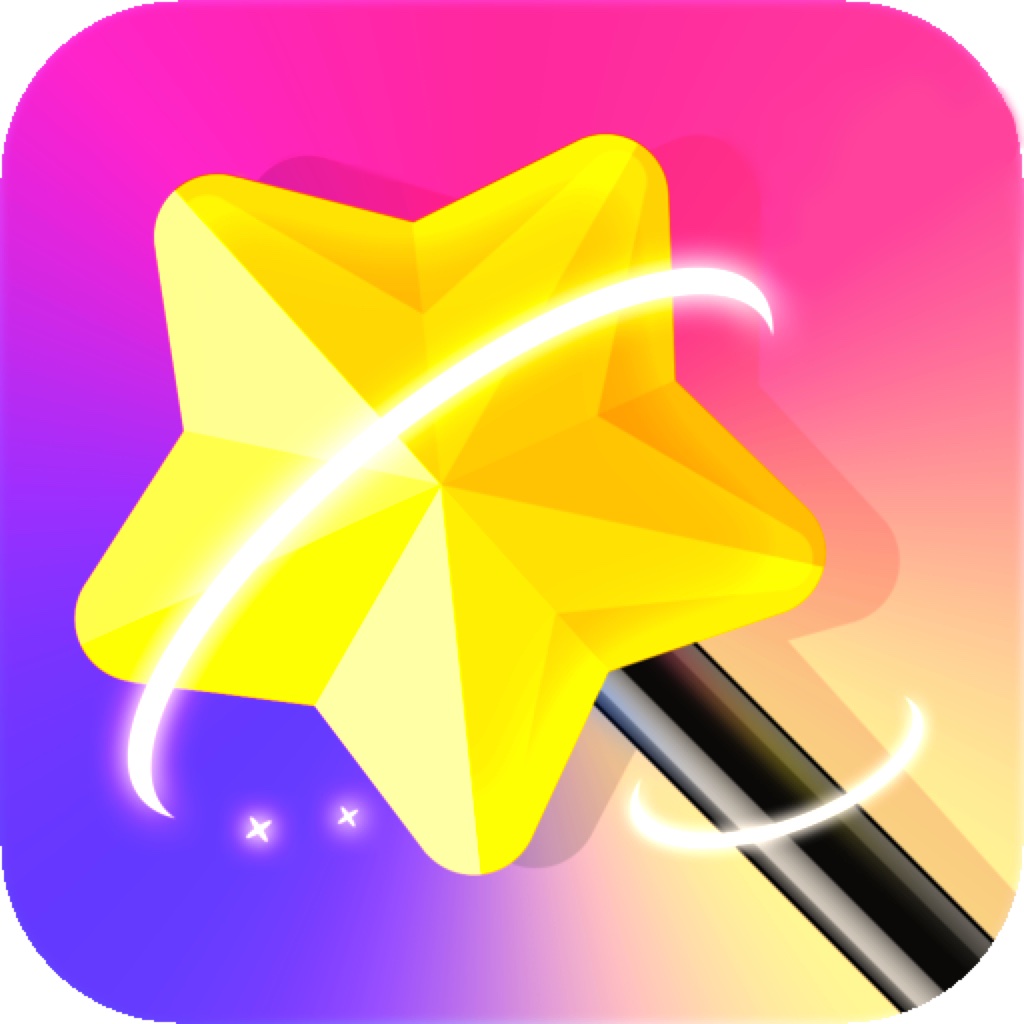App Description
To learn Japanese language, the first thing you need do is learning 五十音。 This app can help you learn basic japanese language easily and quickly, I remember it only use 6 hours(3 days , 2hours/day) as a developer. I think you can remember it more quickly than me.
The gojūon (五十音 lit. Fifty Sounds?) is a Japanese ordering of kana (loosely a Japanese "alphabetical order"), named for the 5×10 grid in which the characters are displayed. Each kana, which may be a hiragana or katakana character, corresponds to one sound in the Japanese language. As depicted at the right using hiragana characters, the sequence begins with あ (a), い (i), う (u), え (e), お (o), then continues with か (ka), き (ki), く (ku), け (ke), こ (ko), and so on for a total of ten rows of five.
Although nominally containing 50 characters, the grid is not completely filled, and, further, there is an extra character added outside the grid at the end: with 5 gaps and 1 extra character, the current number of distinct kana in a syllabic chart in modern Japanese is therefore 46. Some of these gaps have always existed as gaps in sound: there was no yi or wu in Old Japanese, and ye disappeared in Late Old Japanese, predating the kana; the kana for i, u and e double up for those phantom values. Also, with the spelling reforms after World War II, the kana for wi and we were replaced with i and e, the sounds they had developed into. The kana for syllabic n (hiragana ん) is not part of the grid, as it was introduced long after gojūon ordering was devised (previously mu (hiragana む), was used for this sound).
App Changes
- December 17, 2012 Initial release
- March 23, 2014 Price increase: FREE! -> $2.99





























